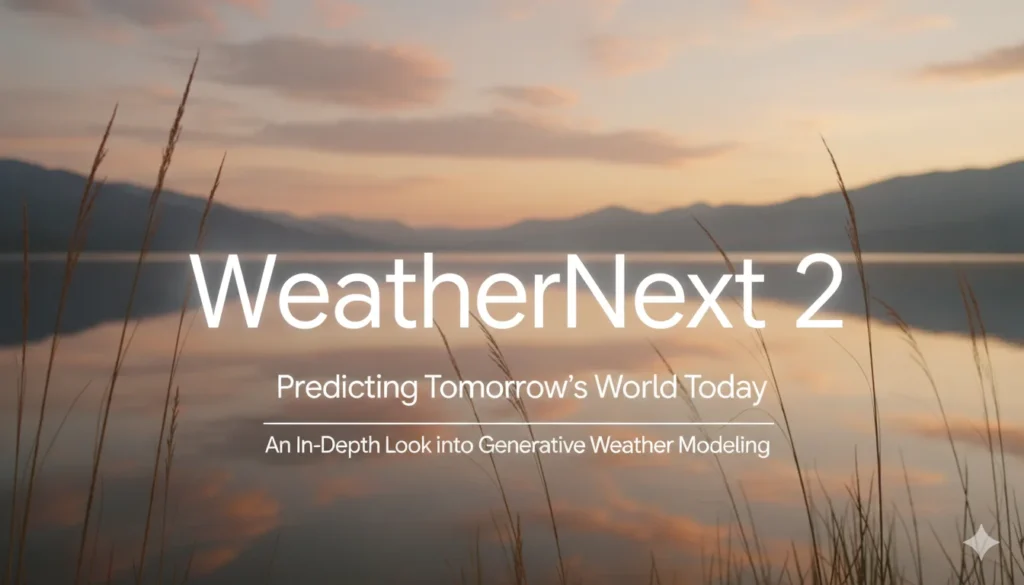
Weather influences nearly everything we plan, from flight schedules and agriculture to daily travel. For decades, forecasting depended on massive supercomputers running physics-based simulations. They were powerful but slow, and predicting uncertainty — especially extreme scenarios — was tough.
Here’s the thing. AI has changed the game. Google DeepMind just introduced WeatherNext 2, their most advanced forecasting model yet. It produces higher-resolution global forecasts up to eight times faster, with updates as precise as every hour. And it can generate hundreds of possible outcomes from a single starting point, something that traditional models struggle to achieve.
What this really means is faster and more reliable predictions, especially in high-risk situations like cyclones.
WeatherNext 2 uses a new approach called a Functional Generative Network, which injects controlled randomness into the model in a way that still respects real-world physics. The interesting part is that the model is trained only on individual weather elements like temperature, wind or humidity, but still manages to predict how they behave together as a system. That’s crucial for understanding events like heatwaves, storms or energy output across a wind farm.
Compared to the earlier WeatherNext version, the new model performs better across almost every atmospheric variable and nearly every timeframe up to 15 days.
This isn’t just research anymore. Google is rolling it out across real products. WeatherNext 2 now powers forecasts in Search, Gemini, Pixel Weather and the Weather API on Google Maps Platform. The data is also available through Earth Engine and BigQuery, and Google Cloud customers can join an early access program to run custom model predictions through Vertex AI.
Google says it is continuing to develop the model with more data sources and wider access, aiming to support scientists, developers and businesses working on climate resilience and disaster planning.
If AI can predict complex weather patterns more accurately and in seconds instead of hours, it could reshape how the world prepares for extreme events. And that’s a big deal.



